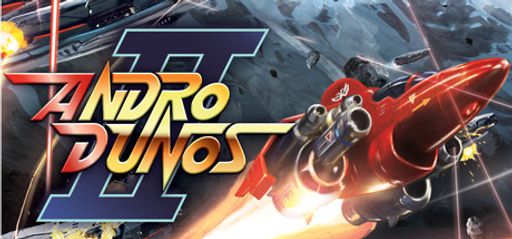I spent countless hours dissecting the layers of Andro Dunos II, and my speedrunning experience gives me a unique window into the game’s design. In a genre brimming with shooters, Picorinne Soft’s sequel captures the spirit of the original while adding modern twists. The game ranks among the most intriguing shoot’em ups I’ve explored recently, and as someone who thrives on shaving seconds off completion times, I have plenty to discuss.
Overall Impressions
When I launched Andro Dunos II, I immediately sensed that its ambition reached as vast as the cosmos it simulates. Fans of classic science-fiction shooters will appreciate its nostalgic nods to the golden era of arcade games. The game blends retro aesthetics with refined mechanics that encourage both precision and strategy. It draws inspiration from R-TYPE and other old-school shooters, and I found the homage both respectful and innovative. Still, while the game excels in many areas, some aspects may leave players yearning for further innovation.
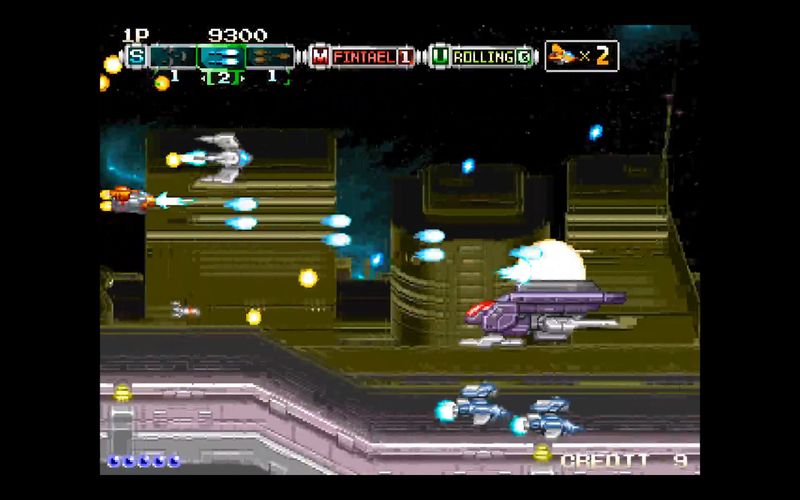
Gameplay Mechanics
As a speedrunner, I value games that reward practice, precision, and mastery. Andro Dunos II delivers a robust set of mechanics that allow for diverse approaches to beating levels. The controls feel crisp and responsive, which proves critical when navigating intense waves of enemy fire. Technique matters in every dodge and burst of fire, and I calculate each move to shave off time and boost efficiency.
One moment struck me when enemy patterns evolved as the game progressed. I learned quickly that memorizing these patterns becomes essential if you plan to conquer the game at top speeds. During my runs, I discovered several efficient routes that avoid unnecessary fire, a key factor when aiming for record times. I also admired the variety of power-ups that add strategic depth without complicating core gameplay. These enhancements change the flow of the game and force me to adjust my runs on the fly—a welcome challenge for any speedrunner.
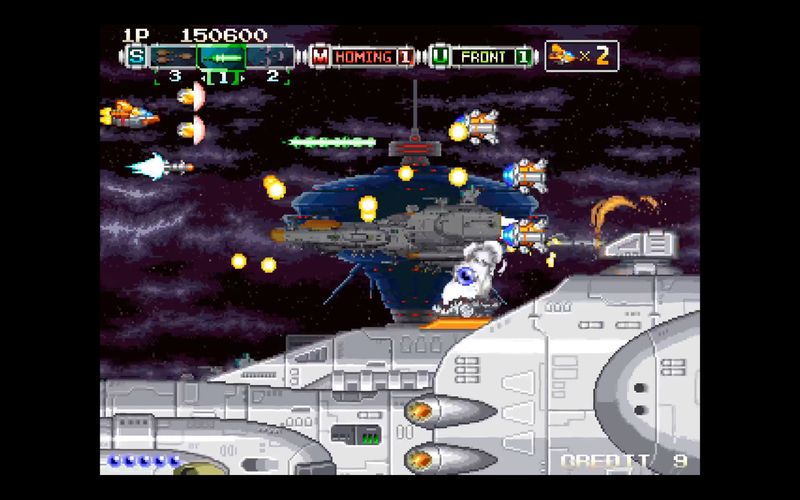
Some players mentioned problems with the native resolution, which forced them into a windowed mode. I noticed that while this issue slightly reduced immersion, the game kept its clear look and visual charm. In short, although the resolution issue might distract some, it remains a small setback compared to the overall thrill of the game.
Story and Characters
Andro Dunos II has a simple narrative. The game does not need complex storytelling to engage its audience. Unlike story-heavy titles, it shows a clear space opera scenario where you pilot your ship against waves of relentless enemies. I like this approach because it focuses on skill and play rather than long dialogues or cutscenes.
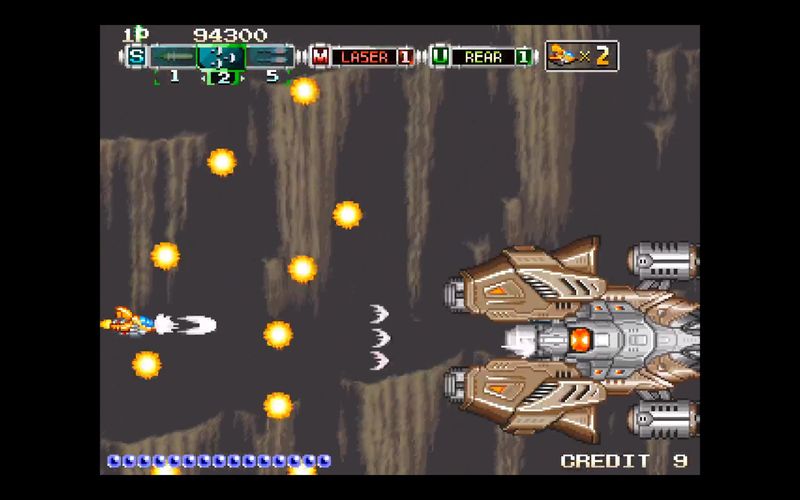
The characters come mainly through their ships and unique designs. While there is little character development, the game builds its world well through visuals and sound. The simple story gives players plenty of space to create their own lore and ideas, a welcome break from overly scripted game worlds. For a shooter, the focus stays on gameplay, and the story only serves as a backdrop for fast, exciting action. The art and sound work together to boost adrenaline and inspire faster, more precise play.
Visuals and Graphics
The pixel art in Andro Dunos II stands out and boosts the game’s overall feel. Every sprite, explosion, and background is made with care. The detail in the visuals shows an understanding of both classic design and modern graphics. Bright colors and lively effects bring every level to life. The consistent art style makes it easy for players to see the action and focus on the fast-paced gameplay.
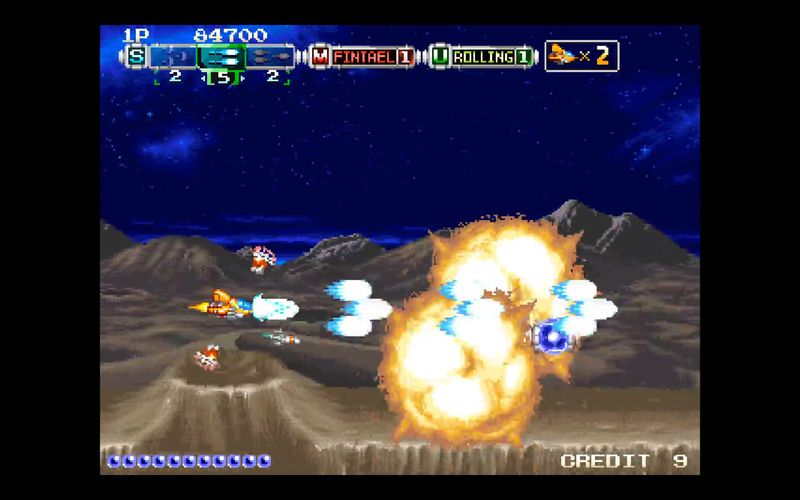
For speedrunners like me, clear visuals are essential. The graphics not only look good but also work well for the game. Enemy patterns stand out, and visual hints like flashing power-up icons help improve performance. Although one player noted that the resolution did not perfectly match their monitor, most effects and animations stayed clear and allowed smooth movement. The game balances retro charm with ease of reading during quick action.
Sound and Music
The sound experience in Andro Dunos II lifts the overall gameplay. The soundtrack fits the high-energy action very well. I especially liked how the music shifts during boss fights and key moments. Each track feels carefully made to build tension and keep energy levels high—a key part of staying focused during tough runs.
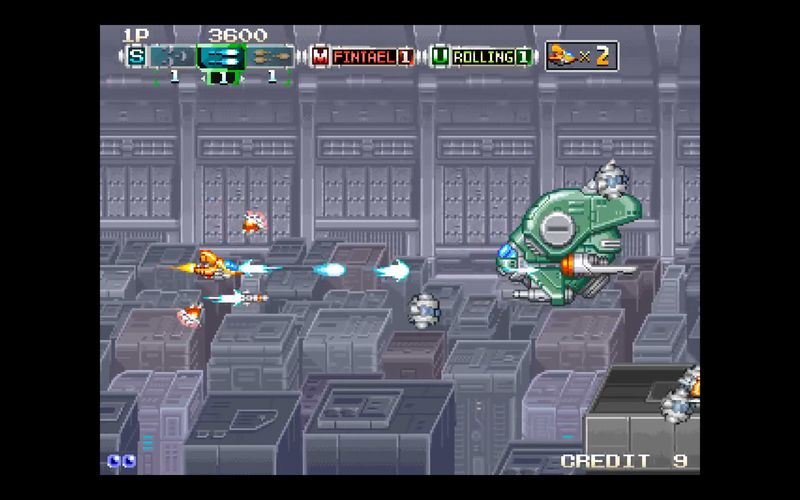
The sound effects, from the iconic pew-pew of laser cannons to the explosive bursts when enemies are destroyed, are crafted with precision. They provide timely feedback, which is essential for holding a rhythm in speedrunning. The soundscape does more than just fill the background; it acts as an indicator for upcoming threats and power-up availability. Good sound design is critical for any shooter, and here it fosters an immersive experience that nudges me to optimize each move.
Difficulty and Replayability
Andro Dunos II is demanding in the best possible way. The difficulty is calibrated to challenge both newcomers and experienced players. I found that the game encourages repeated playthroughs to master its enemy patterns and refine optimal routes. The learning curve feels fair, and each level pushes you to hone your reflexes further.
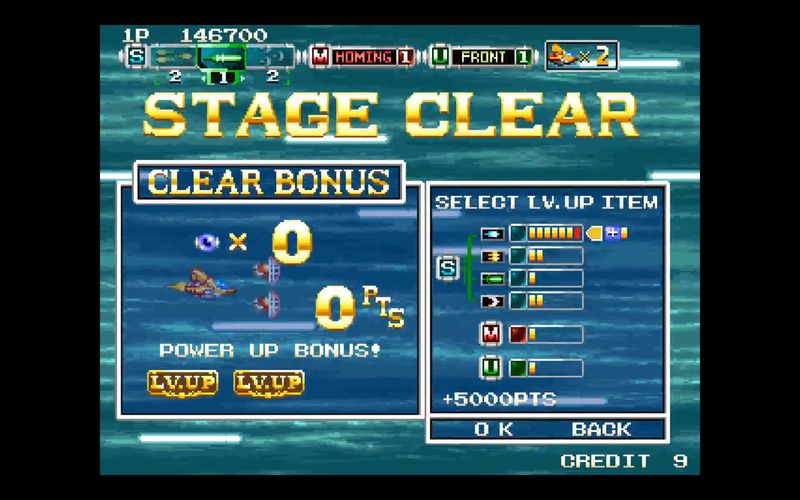
The game’s design promotes replayability with hidden routes and subtle shortcuts that can shave precious time off your run. I spent considerable time experimenting with different strategies, and each session rewarded perseverance with improved performance. For those new to the speedrunning scene, the game offers a generous challenge without ever feeling insurmountable. The absence of an intricate narrative works in its favor, ensuring that the focus remains on mastering the gameplay mechanics.
What really earns the game points in my book is its balance between nostalgic design and modern finesse. From insider insights, I know that the developers at Picorinne Soft were deeply inspired by classic arcade shooters. They approached the game as a homage to the original, incorporating modern elements while retaining the essence of the retro experience. These behind-the-scenes decisions enrich the experience and resonate with both speedrunners and enthusiasts of arcade history.
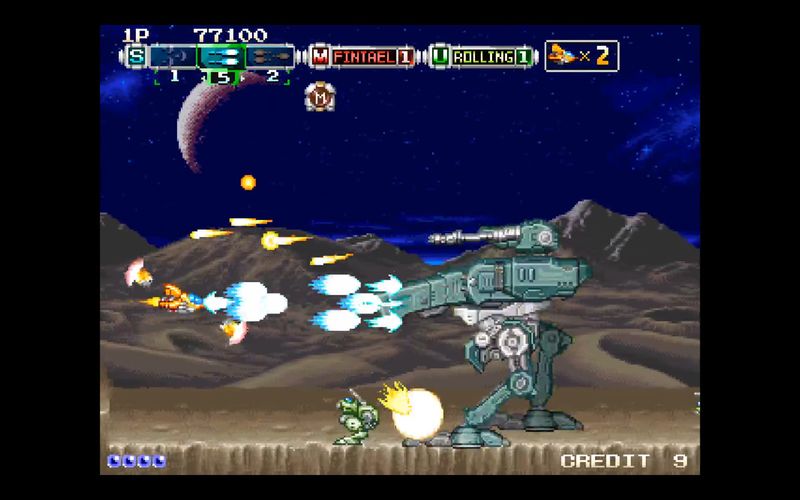
Final Thoughts and Score
In conclusion, Andro Dunos II is a robust and engaging shoot’em up that excels in mechanics and design. As a speedrunner, I appreciated the responsive controls and meticulously designed enemy patterns that consistently challenged my skills. The minimalist story and memorable art style combined with an engaging auditory experience provide a well-rounded package. While the resolution issue might bother purists, it is a minor blemish in an otherwise stellar release.
I offer essential advice to fellow speedrunners: invest time in learning enemy formations and pinpoint optimal routes. The iterative process of perfecting each run is where the game truly shines. Moreover, don’t shy away from exploring power-up combinations and testing your strategies in various play modes. These nuances can make all the difference in shaving off those crucial seconds.
After reflecting on every aspect—from the core gameplay to the visual and auditory design—I award Andro Dunos II a solid 4.5 out of 5 stars. This game is a must-play for anyone serious about mastering shoot’em ups. Its blend of vintage style and modern playability cements its status as a modern classic in the genre.
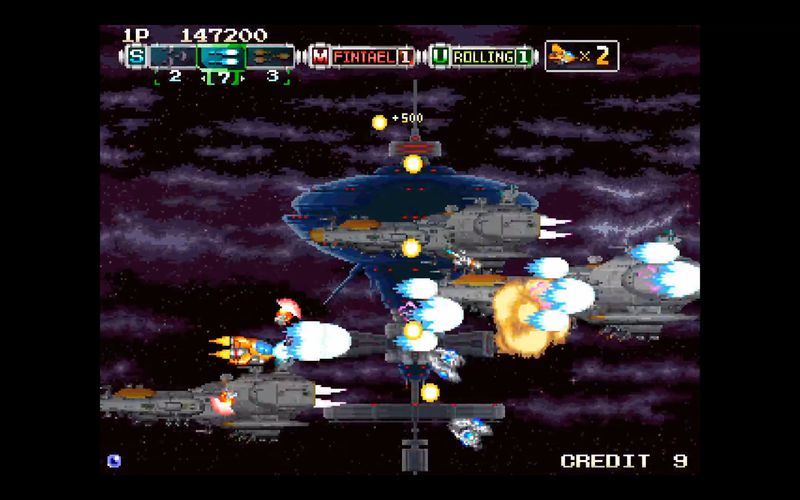
For speedrunners, it represents both a challenge and an opportunity. The balance of old-school charm and present-day mechanics ensures that every run is a lesson in precision, timing, and strategy. And that, for me, makes Andro Dunos II an exhilarating experience worth every second of practice time.

